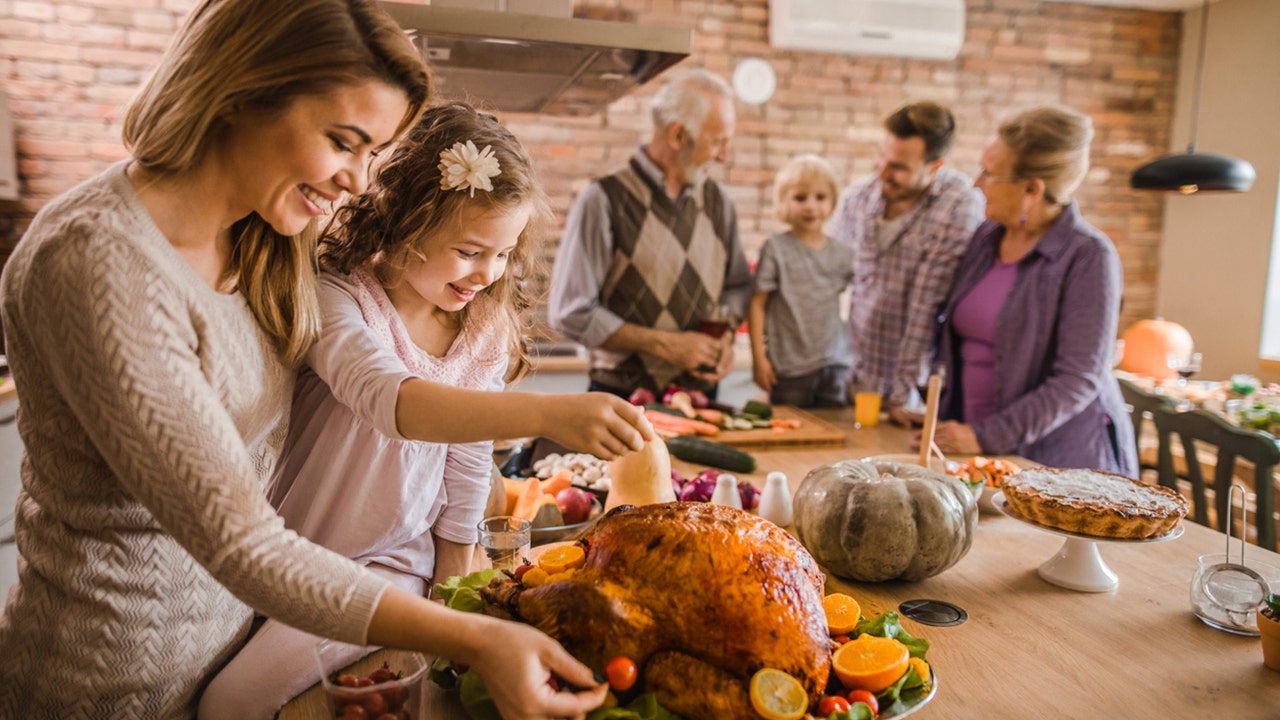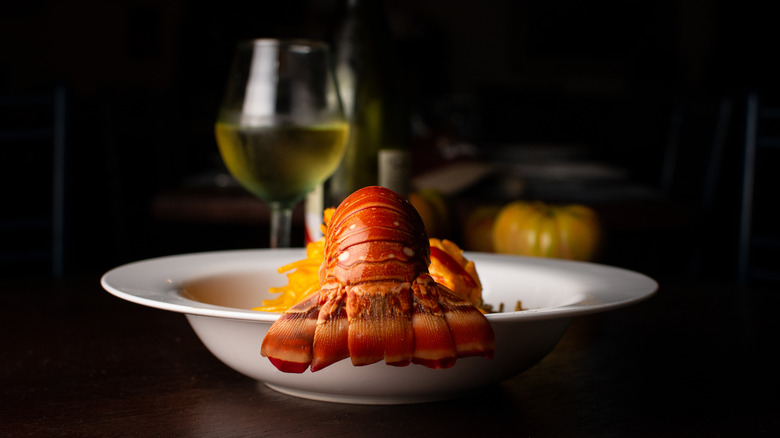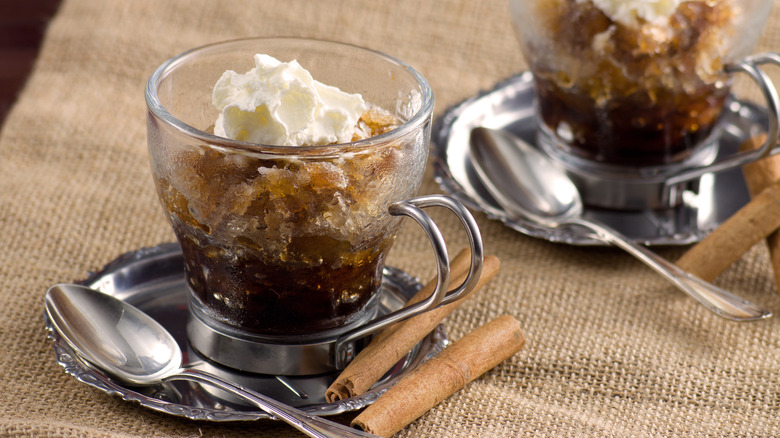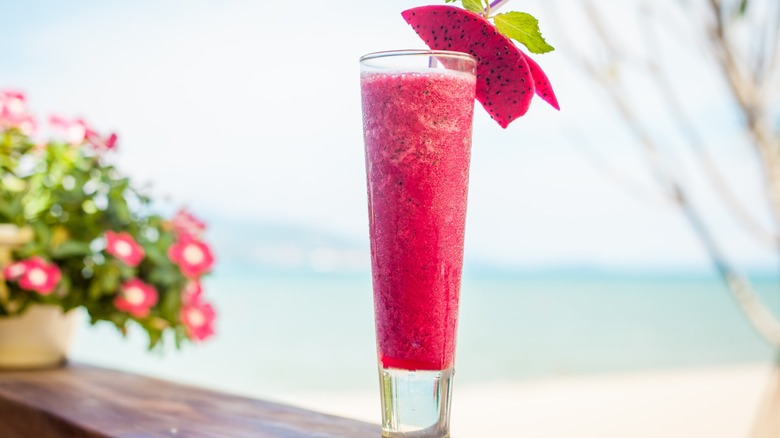It’s always a good idea to eat more vegetables.
But in this frequent pairing, do peas or carrots reign supreme?
“Carrots and peas are both popular vegetables and are used in a variety of ways across diets. While their exact nutrition specs vary, they are both healthy,” explained Dr. Vandana Sheth, a registered dietitian nutritionist and the CEO of Vandana Sheth Inc.
Each vegetable invites a unique culinary adventure, and when prepared just right, both can tantalize the taste buds.
Let’s explore how these two green heroes fare in a nutritional faceoff.
 (iStock)
(iStock)
Exploring Carrots: A Colorful Insight into Nutrition
Carrots serve as vibrant contributors to a well-rounded diet. “Carrots, consumed raw or cooked, are abundant in vitamins and minerals including vitamin A (beta-carotene), vitamin C, potassium, and dietary fiber,” stated Dr. Michelle Routhenstein, a preventive cardiology dietitian from EntirelyNourished.com.
No wonder they’re celebrated for their impressive levels of beta-carotene, a vitamin A precursor revered for bolstering eye health, immune defense, and skin vitality, Routhenstein noted.
Cooks know the magic that happens when you prepare carrots. The cooking process enhances the concentration of beneficial plant compounds like carotenoids. “Studies indicate a 14% increase in carotenoid levels upon cooking, facilitating vitamin A absorption,” Routhenstein remarked.
Meanwhile, raw carrots boast a lower glycemic index compared to their cooked counterparts, as cooking alters their fibrous structure, consequently impacting digestion.
Beyond being rich in beta-carotene, these crunchy delights are low-calorie champions, fostering heart wellness and digestion. A serving of two raw carrots contains just 41 calories, 9 grams of carbs, 2.7 grams of fiber, and a modest 0.8 grams of protein, shared Sheth.
 (iStock)
(iStock)
To spark excitement at mealtime, Sheth encourages trying carrots in various colors and forms, like whole, baby, and frozen, allowing for both raw and cooked enjoyment. Bright orange, firm ones with a smooth exterior are ideal choices, Routhenstein advised.
Peas: Small but Mighty Nutritional Powerhouses
Though diminutive in size, peas deliver a striking nutritional punch. “Cooked peas, whether fresh, frozen, or canned without additives, are remarkably nutrient-dense,” Routhenstein shared, emphasizing their high fiber and protein content compared to many other vegetables (since peas are technically legumes).
Green peas stand out for their rich provision of vitamin C, vitamin K, iron, and manganese, which collectively bolster immune function, bone integrity, and cardiovascular health.
 (iStock)
(iStock)
Moreover, these little gems are rich in dietary lignans, phytonutrients associated with heart disease risk reduction and overall heart health enhancement.
A typical half-cup serving of cooked peas packs around 62 calories, 11 grams of carbohydrates, 4 grams of fiber, and 4 grams of protein, according to Routhenstein. When shopping for peas, she recommends selecting fresh or frozen varieties devoid of added salt or sugar to optimize nutritional intake.
For canned options, rinsing can wash away excess sodium, as Sheth suggests.
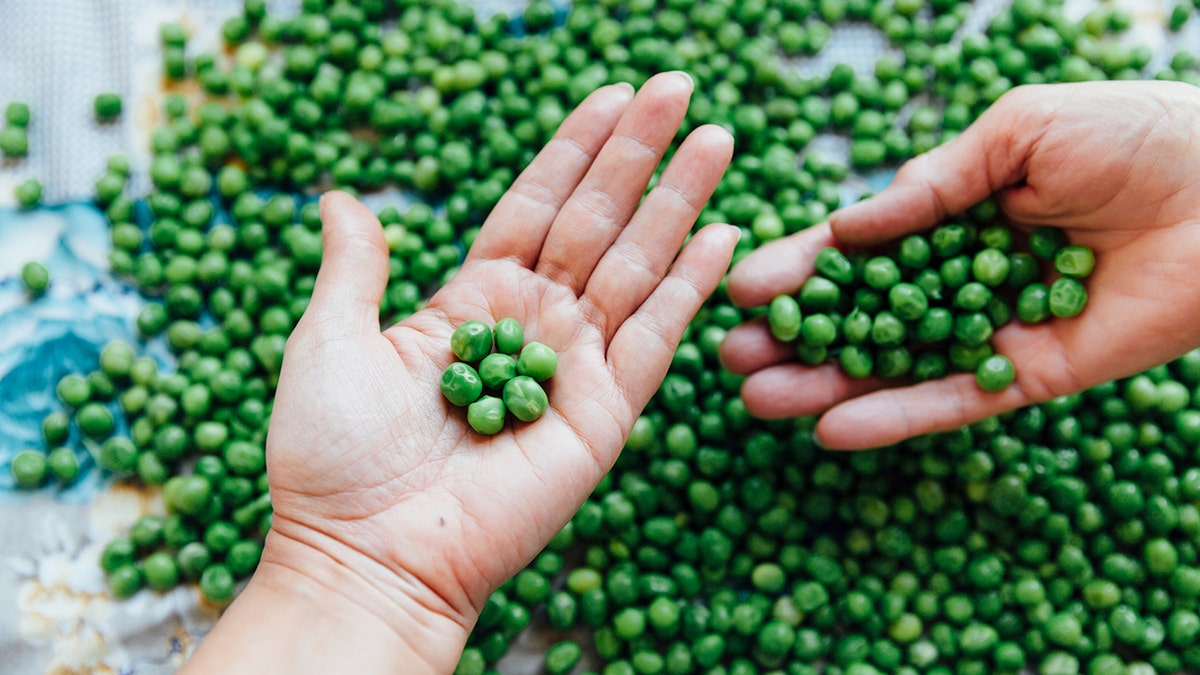 (iStock)
(iStock)
Keeping frozen peas on hand is not just practical—they add nutritional value effortlessly to any meal while being easy to store for months.
The Verdict: Peas or Carrots for Health?
Integrating more peas or carrots into one’s diet is hardly something a nutritionist would discourage.
In fact, the choice boils down to personal preference. Whichever veggie one enjoys more is likely the better option.
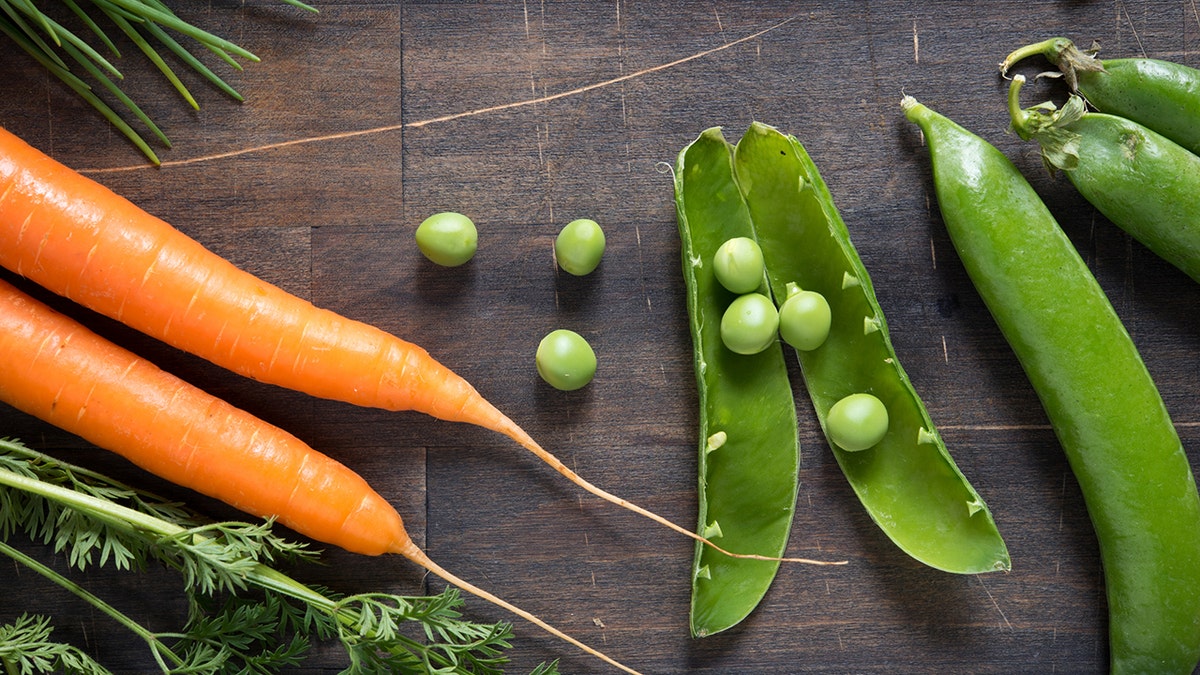 (iStock)
(iStock)
Both peas and carrots are indeed healthy, but their benefits are distinct. Carrots shine in vitamin A content, known for supporting vision, while peas emerge as champions, being rich in protein and fiber.
For snacking, carrots are a convenient choice. They’re fibrous, crisp, and easily portable. Routhenstein advocates pairing them with healthy fats like almonds, hummus, or peanut butter to enhance the absorption of fat-soluble nutrients.
Conversely, peas might not shine as standalone snacks, but they add flavor and nutrition to stir-fries, salads, stews, and even pasta dishes—truly a versatile addition that boasts unique phytonutrients.
If pressed to choose, Routhenstein may lean toward peas for their higher fiber and protein profiles, which could provide a more satisfying eating experience overall.
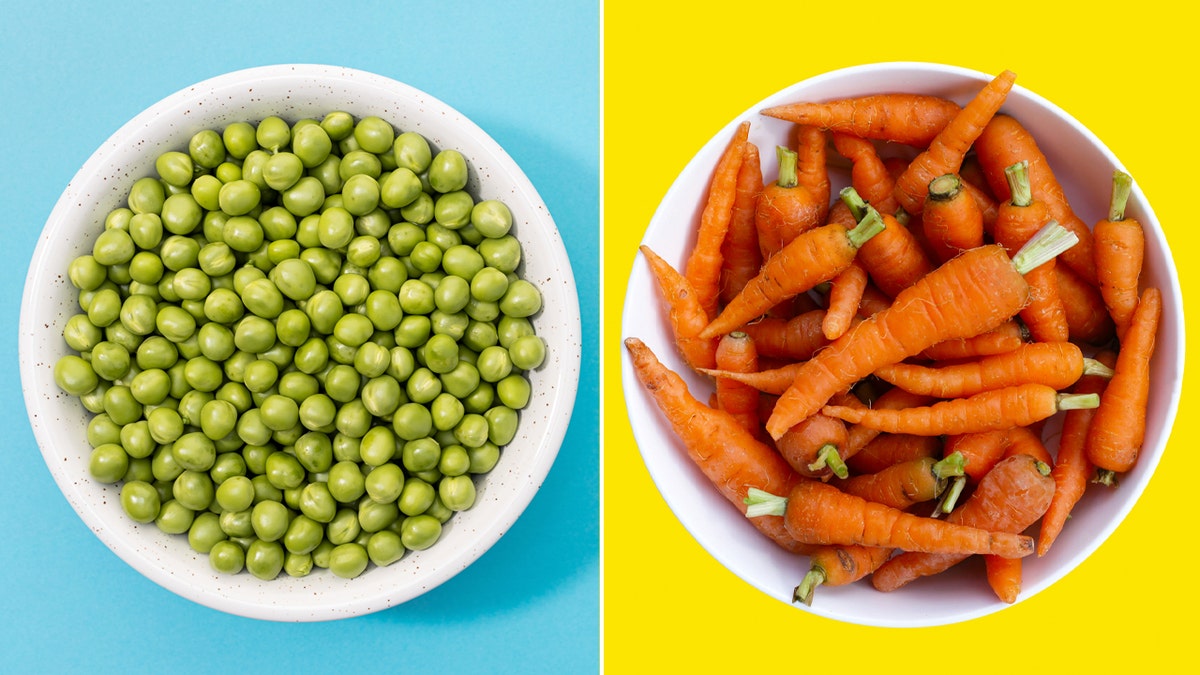 (iStock)
(iStock)
Ultimately, variety is key for maximizing nutrient intake. Embracing a colorful array of vegetables enables an enriching exploration of tastes and health benefits, largely aligning with that time-honored adage of “eating the rainbow.”
Fox News Contributed to this Article – Source


















